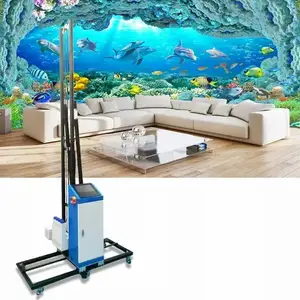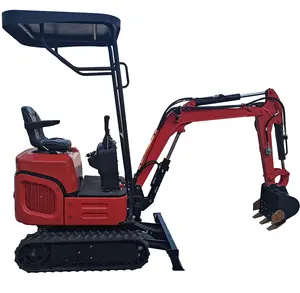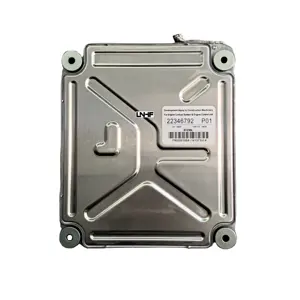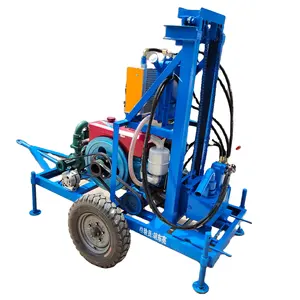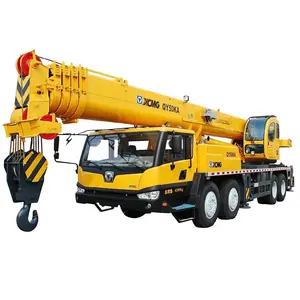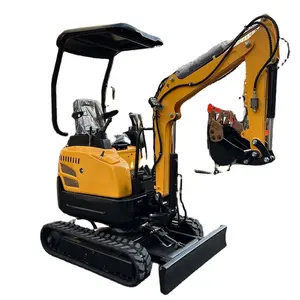Popular in your industry













































































Related Searches:








































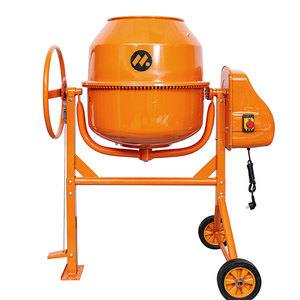












































































































Top categories
About cement mixer motor
When selecting a cement mixer motor, the ability to match the engine with the particular cement mixer's size and operational requirements is crucial. The primary requirement for most motors is to provide enough torque and power to rotate and mix the cement and other components thoroughly. In general, cement mixers come with motors with power ratings ranging from 0.5 to 1.5 horsepower. For smaller, more portable cement mixer with motor, a 0.5-horsepower motor is typically sufficient. For the larger mixers, which can mix up to 4 or 5 cubic feet of concrete, a motor with around 0.75 to 1.5 horsepower should be used. A higher horsepower motor is generally required for larger mixers and more demanding projects. Concrete mixer motor should be adequately protected against the elements, as cement mixing is often performed outdoors. Cement mixers can be powered by various types of motors, including electric motors and gasoline or diesel engines. Electric motors are commonly used for smaller, portable cement mixers, providing a reliable power source for lighter-duty mixing tasks. The electric motor for cement mixer can be plugged into a standard electrical outlet, making them convenient and easy to use in residential or small-scale construction projects.
What are the advantages of using a cement mixer motor?
Using a motor cement mixer offers several advantages. It greatly simplifies the process of mixing concrete by automating the mixing process. This saves time and labor, especially for larger construction projects. A motorized cement mixer ensures a consistent and thorough mix, which is essential for the quality and strength of the concrete. It enhances efficiency and productivity on job sites by allowing for continuous mixing. Motorized cement mixers are versatile and can be used for various mixing applications beyond concrete, such as mortar, stucco, grout, and other construction materials. Furthermore, the motorized cement mixers offer greater control and precision in the mixing process, allowing users to adjust speed and direction to achieve the desired consistency. Overall, a cement mixer with a motor is a valuable tool that streamlines the concrete mixing process, enhances productivity, and ensures consistent, high-quality results.
What are the types of cement mixer motors?
The electric motor for cement mixer is one of the most popular types of motors for smaller cement mixers. It is known for its quiet operation, low maintenance, and environmental friendliness. Electric motors are ideal for construction sites with access to electricity. Although the cement mixer with motor can be more expensive upfront, they are generally more cost-effective in the long run due to lower operating and maintenance costs compared to petrol or diesel motors. For larger cement mixers, petrol or diesel engines are a common choice. They offer greater power and mobility, making them suitable for heavy-duty mixing tasks and job sites without easy access to electricity. Petrol engines are known for their portability and ability to deliver high torque, while diesel engines are preferred for their fuel efficiency and durability. However, petrol and diesel engines tend to be noisier and require regular maintenance. Another type of motorized cement mixer is the hydraulic motor, which uses hydraulic power to drive the mixing drum. Hydraulic cement mixers are often used in industrial and construction settings for their ability to handle heavy loads and provide precise control. However, they are less common in smaller-scale applications due to their complexity and higher cost. The choice of the type of motorized cement mixer depends on the specific requirements of the project, the availability of power sources, and the need for mobility and torque.
How to maintain cement mixer motors?
Regular maintenance of the cement mixer with motor is crucial to ensure optimal performance, longevity, and safety. One of the basic maintenance practices is to inspect the motor, wiring, and connections for any signs of wear, damage, or loose parts. Any issues should be promptly addressed to prevent further damage. It is essential to keep the motor and its components clean and free of debris, dust, or hardened cement. Regularly lubricating the moving parts, such as bearings, gears, or shafts, with the appropriate lubricant helps reduce friction and wear, prolonging the motor's life. Checking the motor's ventilation system to ensure proper airflow and prevent overheating is also important. If the cement mixer motor is equipped with brushes, they should be inspected regularly and replaced when worn out. The electrical components, such as switches and controls, should be checked for proper operation and replaced if necessary. Additionally, following the manufacturer's guidelines for the concrete mixer motor maintenance and operation is essential to avoid voiding the warranty and ensure the motor's safe and efficient use. Proper care and maintenance of the cement mixer motor contribute to its longevity, consistent performance, and safety.
